
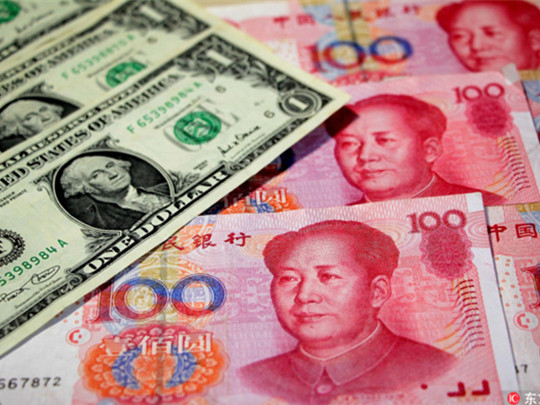
Economic fundamentals and a stable yuan will keep China's foreign exchange reserves basically stable, a central bank official said. Forex reserves had been on the rise for 12 months before February's decline, Pan Gongsheng, deputy governor of the People's Bank of China (PBOC), told a press conference on the sidelines of the ongoing annual legislative session. The slight decline in February was caused by both the rise of the U.S. dollar exchange rate index and the falling bond price index in the international market, Pan said. The U.S. dollar exchange rate index rose 1.7 percent last month while stock markets in the United States, euro zone and Japan all dropped by 4 - 5 percent. China's forex reserves stood at 3.1 trillion U.S. dollars in February, down nearly 27 billion U.S. dollars from January. The forex stockpile has increased steadily since February 2017 after dipping below 3 trillion dollars in January last year.

Total assets in China's banking sector saw steady growth in the past few years despite economic headwinds, with leading domestic players assuming greater presence in the global system. By the end of 2017, the total assets of China's banking industry reached 252 trillion yuan (about 39.9 trillion U.S. dollars), up 8.7 percent from a year earlier, according to the China Banking Regulatory Commission (CBRC). The data also marked a 88.6-percent surge from the sector's asset scale five years ago. By the end of last year, there were 4,549 institutions in the sector. The banking sector is the pillar of China's financial system. In recent years, the Chinese government has tightened regulation over the industry as defusing major risks is one of the three tough battles the country has vowed to fight. The non-performing loan ratio of commercial banks stood at 1.74 percent at the end of 2017, with outstanding bad loans at 1.71 trillion yuan. The ratio declined for the first time since 2012 to the current level in the last quarter of 2016, an encouraging sign for an economy trying to solve its debt problem. The data also showed Chinese commercial banks capital adequacy ratio and liquidity coverage ratio were 13.65 percent and 123.26 percent, respectively. "Chinese banks' capital adequacy ratio is higher than the international minimum standard by two to three percentage points, meaning there is enough ammunition to fend off risks," said CBRC official Xiao Yuanqi. While playing a bigger role in supporting the real economy, Chinese banks have become increasing competitive in the global arena in recent years. In 2017, four Chinese banks, including Bank of China and China Construction Bank, made it to the Financial Stability Board list of 30 global systemically important banks. Data from UK-based magazine the Banker showed 126 Chinese banks were included in the 2017 top 1,000 ranking, seven more than the previous year. The Industrial and Commercial Bank of China dominated the ranking for the fifth year running.
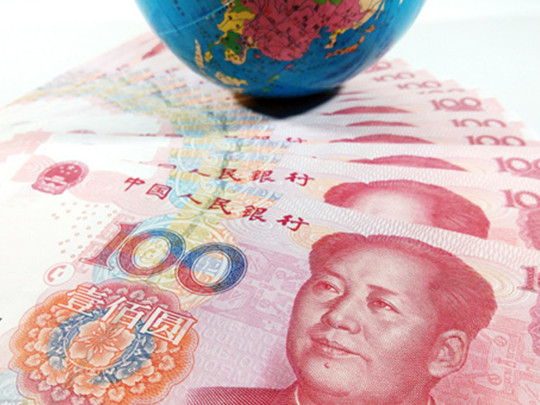
China on Sunday updated its list of "sensitive sectors" for outbound investment subject to additional regulation, deleting telecoms and electricity and adding the arms industry and several high-profile sectors. Effective from March 1, investment in overseas projects of telecoms operation, massive land development, and electric mains and power grids need only complete record filings with authorities like other common sectors, with official approval no longer necessary, according to a statement of the National Development and Reform Commission (NDRC). Those sectors had been considered sensitive according to the previous list published 2014. Meanwhile, the arms industry was added to the list. Outbound investment in properties, hotels, cinemas, entertainment, sports clubs, and equity investment funds will also be restricted, according to the NDRC, as the government has stepped up efforts to curb irrational overseas investment. The NDRC kept cross-border water resource development and news media on the list. China's non-financial outbound direct investment dropped 29.4 percent to 120 billion U.S. dollars in 2017.
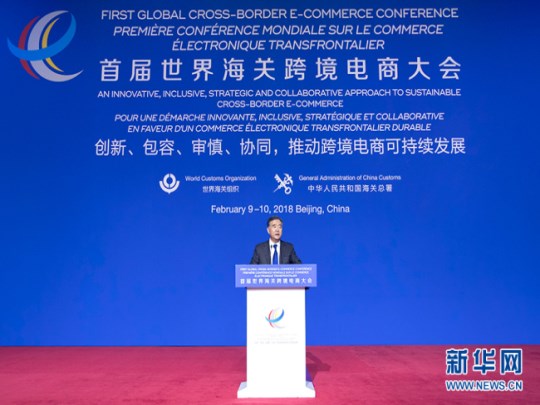
Chinese Vice Premier Wang Yang on Friday called on countries throughout the world to open e-commerce markets for each other to brace for the fresh growth opportunities in emerging trade. "On the basis of risk control, market thresholds should be lowered at the maximum level to facilitate free trade," Wang said when addressing the first Global Cross-Border E-commerce Conference in Beijing. Wang, also a member of the Standing Committee of the Political Bureau of the Communist Party of China Central Committee, said the world should make joint efforts to set up common regulatory rules, share customs information and promote "single window" clearance. The Belt and Road Initiative should also be propelled to help less-developed countries narrow the "digital divide," with measures to foster e-commerce professionals, according to Wang. China's e-commerce sector has witnessed booming development. Its e-commerce exports surged 41.3 percent last year, while imports rocketed by 116.4 percent. More than 1,000 people from 125 countries and regions attended the conference.

The Chinese yuan strengthened to the strongest level since Nov. 2, 2015 on Monday following prolonged weakness of the U.S. dollar. The central parity rate of the Chinese currency renminbi, or the yuan, strengthened 169 basis points to 6.3267 against the U.S. dollar Monday, the seventh consecutive rise, according to the China Foreign Exchange Trade System. Huang Zhilong, a researcher with the financial research arm of the Suning Group, attributed yuan's strong reading to persistent weakening of the U.S. dollar. The dollar index, a gauge that measures the U.S. currency's strength against six other major currencies, have declined over 3 percent since the beginning of this year. The yuan has also gained nearly 3 percent against the U.S. dollar since earlier this year, tracking the dollar weakness by the same margin. A strong yuan is also backed up by solid fundamentals of the Chinese economy and improvements of the company profits, he said. In China's spot foreign exchange market, the yuan is allowed to rise or fall by 2 percent from the central parity rate each trading day. The central parity rate of the yuan against the U.S. dollar is based on a weighted average of prices offered by market makers before the opening of the interbank market each business day.
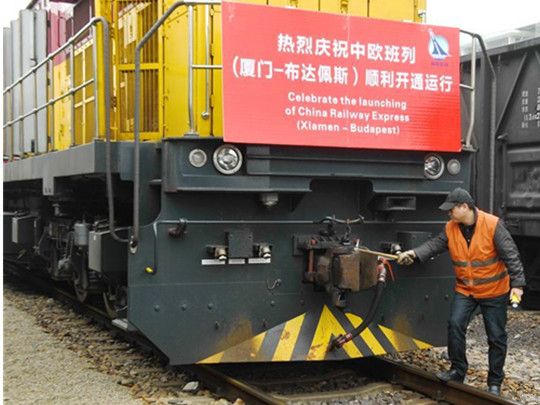
XIAMEN -- A new freight train service linking the East China port city of Xiamen with Budapest, capital of Hungary, started Friday, making it the newest China-Europe freight train route. At about 10:45 am, a train with 35 containers left Haicang District station in Xiamen, carrying about 3.5 million US dollars of goods, including electric products, clothes, shoes and construction materials. The 11,595 km journey, which takes one stop at China's Southwest city of Xi'an, will take 18 days. It will operate every Friday and creates easier access for products from Xiamen and Southeast Asia to travel to Europe. The city has rail routes to five European countries, including Germany and Russia, with more than 200 trips made since services to Europe were launched in August 2015. The freight train of China Railway Express (Xiamen-Budapest), linking Southeast China's port city of Xiamen with Budapest, Hungary, leaves Haicang Station in Xiamen, Southeast China's Fujian province, Jan 19, 2018. The 11,595 km journey, which takes one stop at China's Xi'an, will take 18 days.
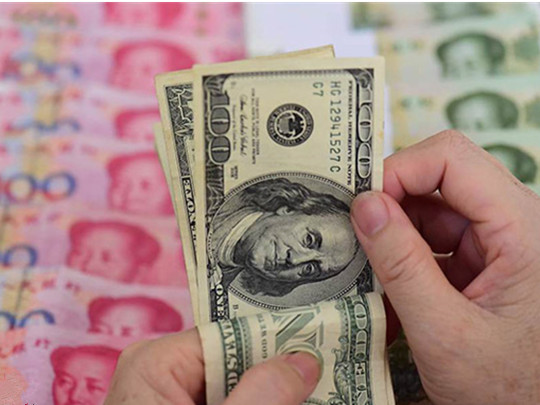
BEIJING - Two-way movement will be normal for the exchange rate of the Chinese yuan in the future given uncertainties in the global economic recovery and the monetary policies of major economies, according to a senior official with the country's top forex regulator Thursday. China will continue to improve the formation mechanism of the renminbi exchange rate to enhance its flexibility and keep it generally stable within a reasonable range, according to Wang Chunying, spokesperson with the State Administration of Foreign Exchange (SAFE). The central parity rate of the Chinese currency renminbi, or the yuan, weakened 66 basis points to 6.4401 against the US dollar Thursday after three days of strengthening. The Chinese currency has risen by over 1.5 percent in value compared with the US dollar since the first trading day this year. Wang attributed the yuan's rise to a weakening dollar and steady domestic economic growth. The dollar index, a gauge that measures the US currency's strength against six other major currencies, staged consistent declines in the past trading days over domestic uncertainties and a strengthening euro due to stronger-than-expected EU economic recovery. In a sign of rising confidence in the currency, China's central bank decided last week to adjust the mechanism it created last year to support the renminbi and check capital flight amid worries of a weakening yuan. Chinese enterprises are gradually changing their old thinking on the renminbi exchange rate, with fewer betting on unilateral appreciation or depreciation, said Wang, adding that SAFE will continue to prompt enterprises to improve risk management.
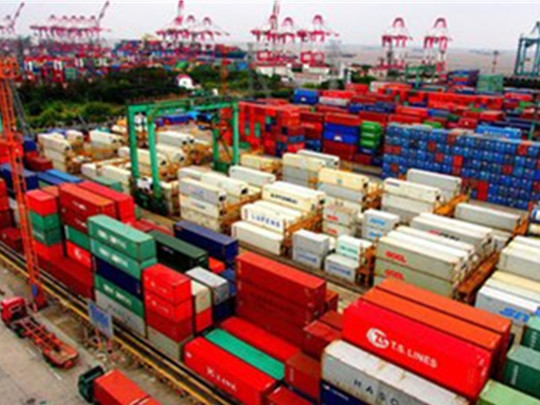
Last year brought steady trade growth to China thanks to domestic and global expansion, while behind the numbers, trends are emerging which tell of shifting engines of growth. China's foreign trade rose 14.2 percent to 27.8 trillion yuan (4.3 trillion U.S. dollars), following two years of decline. Exports increased 10.8 percent to reach 15.3 trillion yuan while imports were up 18.7 percent to 12.5 trillion yuan, according to the General Administration of Customs (GAC). GAC spokesperson Huang Songping attributed the growth to the global economic recovery, steady domestic economic expansion, rising commodity prices, emerging markets along the Belt and Road and a low comparison base. A closer look at the data reveals a more balanced economy is gradually taking shape. General trade, which has a higher added-value than processing trade, increased both in volume and proportion in 2017, expanding to 15.7 trillion yuan and accounting for 56.4 percent of total foreign trade, up 1.3 percentage points from 2016. The Belt and Road has expanded China's markets, and trade with countries in Latin America and Africa grew by 22 percent and 17.3 percent, respectively, last year. Private enterprises edged up 0.4 percentage points in their share of total trade. The private sector is the biggest contributor to trade growth. Trade growth is more balanced among regions. Less developed regions, including central and western China and the rust belt, all outpaced the national average. Electro-mechanical products remained a pillar of exports, with some high value-added products doing well. Exports of automobiles, computers and medical equipment grew 27.2 percent, 16.6 percent and 10.3 percent, respectively. The trade surplus continued to narrow last year, shrinking 14.2 percent to 2.9 trillion yuan, compared with a 9.1-percent reduction in 2016 that saw 3.35 trillion yuan in trade surplus. Imports of some key components and high quality consumer goods rose fast. Integrated circuits and aquatic products were up 17.3 percent and 19.6 percent. Trade growth momentum is waning as both exports and imports fell in December. Trade will face pressure in Q1 as surveys showed falling confidence and new orders in December. It will be difficult to keep up double-digit trade growth this year given global uncertainties and a high comparison base, Huang said. Solid global growth may provide some support for export growth, but, real effective exchange rate appreciation and an increase in U.S. protectionism could weigh on exports, narrowing the trade surplus further, according to securities trader Nomura.
Copyright © 2025 D&S Automatic Co.,Ltd.. All Rights Reserved.

IPv6 network supported